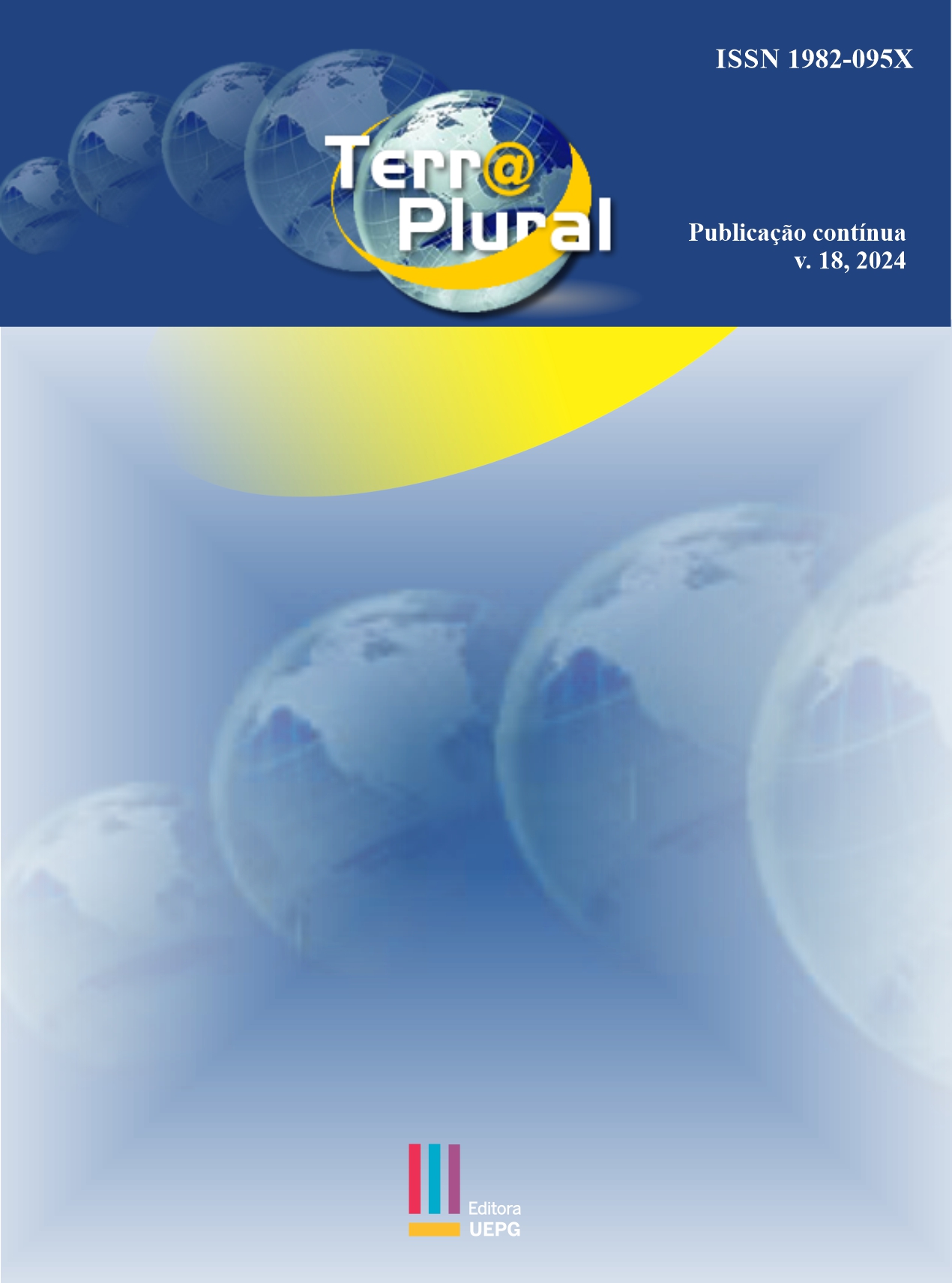Trends and transitions
mapping a decade of conservation research in Brazil’s federal protected areas
DOI:
https://doi.org/10.5212/TerraPlural.v.18.2422704.011Keywords:
Brazil, Science, ResearchAbstract
Investment in research in protected areas provides subsidies for improving the management and conservation of these environments, such as creating new conservation units and promoting sustainable tourism. This paper aimed to analyse the evolution of published studies on federally protected areas in Brazil through a systematic review of 2,282 papers in the Scopus database from 2011 to 2022. There was a growing increase in the number of articles till an abrupt decrease in 2022. The VosViewer software identified niches of the most used keywords linked to conservation, Atlantic Forest, and protected areas. The study highlights the challenges faced when performing research activities in federal protected areas in Brazil, such as access to remote areas and climate instability. The COVID-19 pandemic impacted research, together with the dismantling of scientific institutions by the Brazilian government compromised scientific progress, reflected in a decline of 54% in publications. International collaboration was emphasized, highlighting the importance of disseminating scientific knowledge for environmental preservation and carefully selecting keywords to promote the accessibility and visibility of articles.
Downloads
Downloads
Published
How to Cite
Issue
Section
License
Copyright (c) 2024 Ana Carolina Da Silva, Franklin Galvão, Nelson Cosmo

This work is licensed under a Creative Commons Attribution-NonCommercial-NoDerivatives 4.0 International License.
Revista Terr@ Plural will obtain the auctorial rights for all published texts. This also implies that the text can be published anywhere in the world, including all rights on renewal, expansion, and dissemination of the contribution, as well as other subsidiary rights. The authors get permission to publish the contribution in other media, printed or digital, it may be in Portuguese or translation since the publication is credited to Revista Terr@ Plural. It allows the self-archiving of published articles in institutional repositories, thematic repositories, or personal web pages in the pdf version downloaded from the journal's site.















